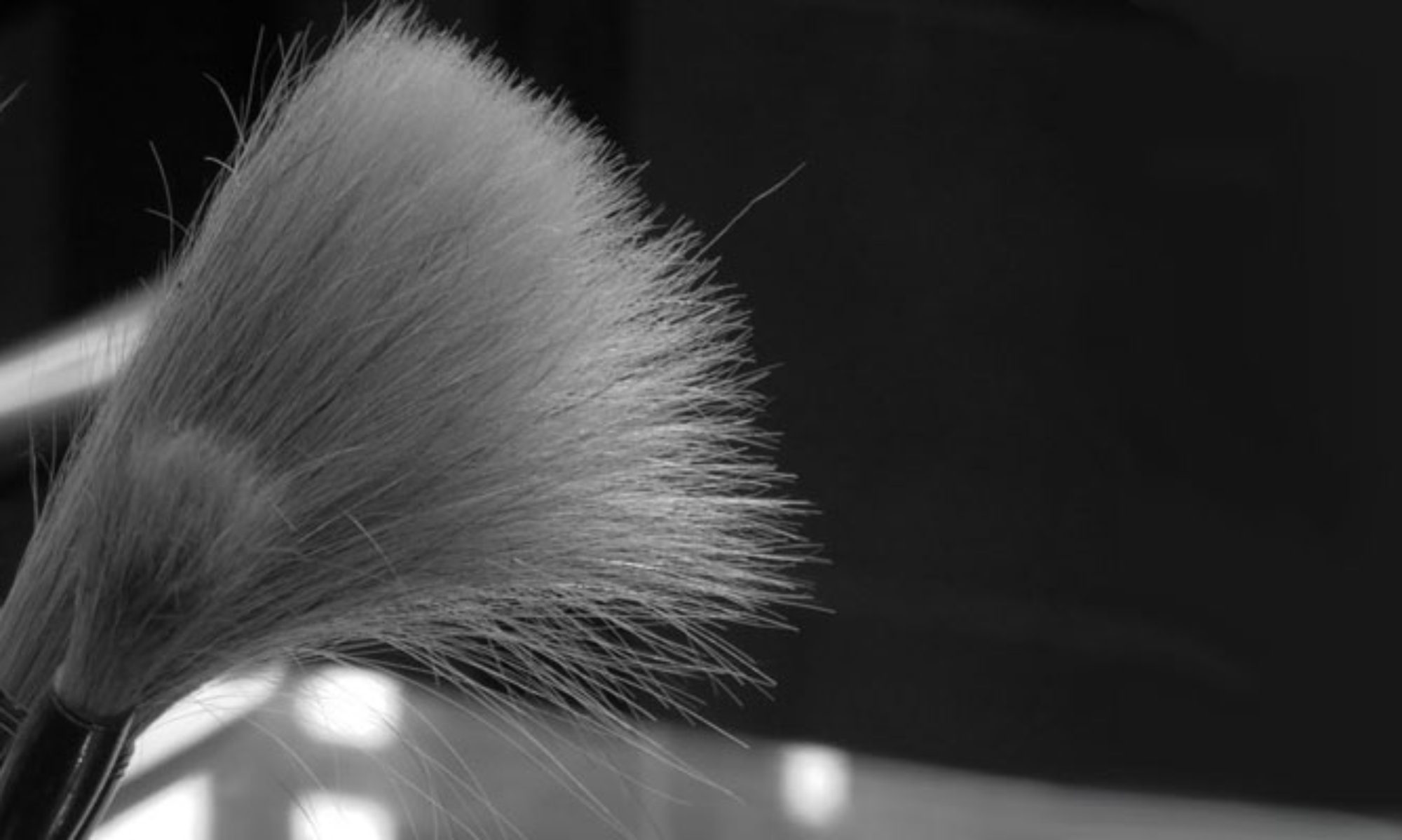
This paramecium was found in Loughborough Lake, north of Kingston, Ontario, Canada.
This specimen is probably a Paramecium in the bursaria group.
Questions:
- How does this single-celled paramecium move?
- Can you think of other types of movement that are similar to the one you see here?
- How does this paramecium compare to the other one (Paramecium caudatum)?
- How does the paramecium’s movement compare to other single-celled organisms?
- How are the cilia (the tiny hair-like fibers) arranged on the paramecium? Do the cilia in different locations have different functions?
- Each cilia is tubular in shape. Can you think of any other tubular shapes that function in similar ways?
- What other shapes (metapattern) do groups of these cilia form? How do this new new shape function?
- Can you find any cycles in the video? How do these cycles compare to other cycles you know about?
- What is the advantage to the paramecium for having a flatten spherical shape? How does this critter use its shape?
- What else can you find out about this critter?
Meanings:
Paramecium:
Para- means beside or near
Mec comes from the Greek word mekos, which means length
Paramekes in Greek means oval, which is a sense of longer than its width
-um is a neuter (not masculine or feminine) noun ending
So, paramecium means an oval shaped critter.
Bursaria:
bursa comes from the Greek meaning sac-like
